Santa Barbara County Wine Preserve Now Gathering Support
Move to Add One Percent Fee to Bottles Sold Would Add $1.5 Million to Marketing Efforts
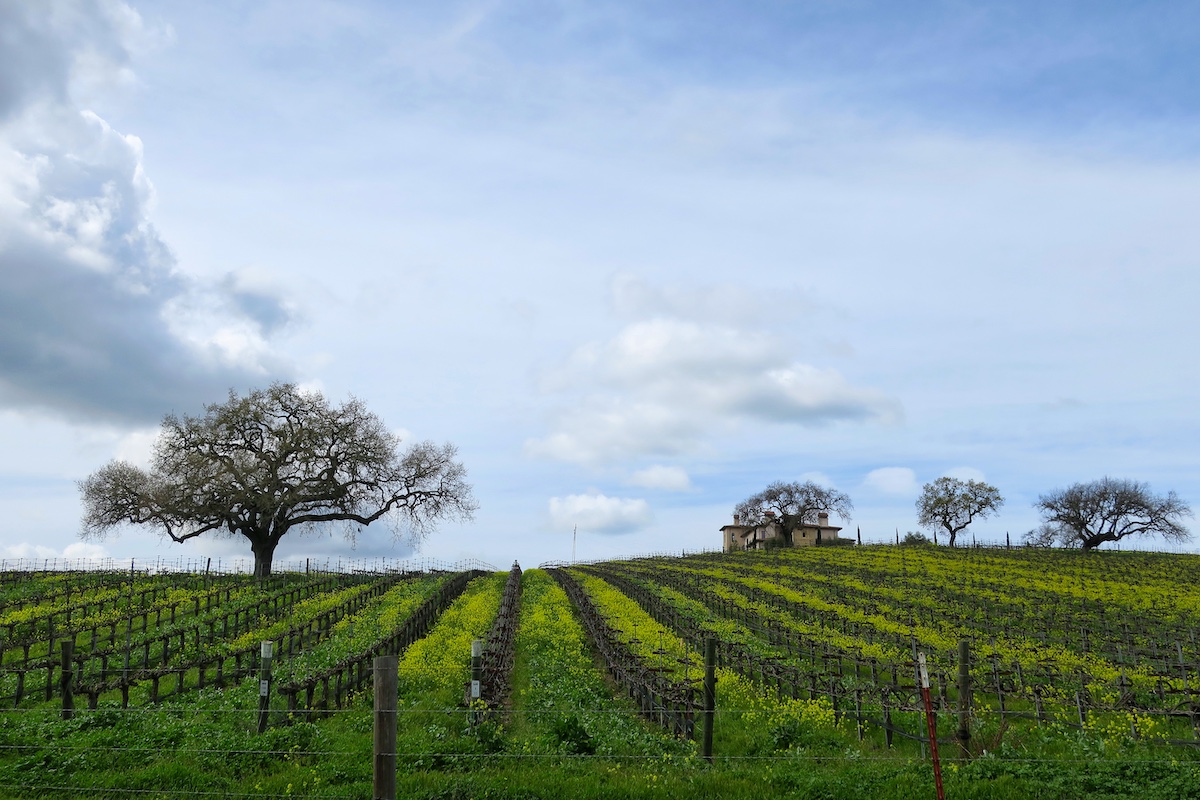
Could Santa Barbara County vintners better compete with more popular regions by imposing a miniscule charge on every bottle of wine they make and sell here?
That’s the hope behind a renewed push to add a one percent fee to Santa Barbara wines sold through tasting rooms countywide, which would generate money for regional marketing efforts through the creation of a business improvement district, or BID.
“Right now, more than anything, wine regions need to market themselves,” explained Alison Laslett, the CEO of Santa Barbara County Vintners Association, which first put forth the idea more than four years ago. “After that nice little bump after COVID, the wine industry has not been flourishing as much as it might be if we had a robust marketing budget.”

Last month, the County Board of Supervisors approved the petition in support of the effort, so Laslett and her team are now actively gathering signatures to proceed to the next of many steps. The “Wine Preserve” initiative — which failed due to winery opposition back in 2020, when it could have been the first wine BID in the country — requires the signed support of at least 50 percent of the “assessed industry” in order to create the district, which is estimated to generate more than $1.5 million for the association’s marketing budget.
There are a number of milestones and meetings to come before the BID becomes reality, and the move must be endorsed by each of the eight cities within the county. Laslett hopes to have enough support by one of the Board of Supervisor meetings in December to move onto the cities. That will be followed by a public hearing without any board action to be taken (aiming for January 2025) and then the meeting where the supervisors create the district, possibly as soon as February. If somehow all goes as planned, the district could become reality by March 2025.
Of course, all that time leaves plenty of opportunity for opposition to arise, but Laslett believes the dissent is much more subdued today. “The whole tenor and tone has been much more civilized and calm,” said Laslett of this second attempt. That’s especially since three other regions — Temecula, Livermore, and Amador County — have now approved wine BIDs, with others such as Paso Robles and Monterey coming soon.
“The vintners understand that this is not a novel concept anymore,” she said. “They have been able to see it play out successfully.”
One such vintner is Pierre LaBarge of LaBarge Winery. LaBarge opposed the original wine BID attempt but has since come around to being one of its most adamant proponents as the president of the Santa Barbara Vintners board.
“I didn’t even bother to read about the BID and I was just against it,” said LaBarge, who had been lobbied by winemaker friends that first time around. When it failed, he decided to learn more about the association by joining it. Suddenly, he was on the board and is now president.
“It’s easy to complain if you’re standing on the sidelines, but you need to get involved to know what’s really going on,” he said. “I got to really see what was going on behind the scenes and the success the association was having. It gave me a very different perspective.”
He said that there was a lot of fear and misinformation spread around during the first attempt, in part because Santa Barbara would have been the first wine country in the state to pursue this model, which is otherwise a very common tool in travel regions and redevelopment districts.
“We’re not the guinea pigs anymore,” he said. “There have been appellations and counties that have passed this, and we have seen the success they’ve been having.”
The Temecula Valley is probably enjoying the most success since passing their BID in April 2021. “We have all been able to see the benefits to Temecula,” said Laslett, who said the Riverside County region is now generating $1.7 million more for its association each year, which tripled its budget. “They have been able to increase their visitation at a time when visitation to other wine regions is decreasing. That correlates exactly to when they passed the BID.”
With more regions pursuing this, it may come down to whether Santa Barbara County can stay competitive at all.
“We’re concerned about being passed up,” said LaBarge. “We deserve a strong and thriving association, and that’s the one thing everyone can agree on. It’s just a matter of how we can get there. We determined that this is the best way forward.”
“Now I’m just trying not to get left behind,” said Laslett. “In order to stay competitive and in order to keep an edge, we have a little bit of time left where we can still be a frontrunner.”
For more information, see sbcountywines.com/santa-barbara-county-wine-preserve.
Premier Events
Fri, Jan 31
5:00 PM
Santa Barbara
Artist Talk at Art & Soul on State Street
Mon, Jan 20
All day
Santa Barbara
18th Annual Holiday Celebration for Martin Luther King, Jr.
Mon, Jan 20
9:00 AM
Lompoc
Martin Luther King Jr Day of Celebration and March 2025 – Lompoc
Wed, Jan 22
5:30 PM
Santa Barbara
Talk: “Raising Liberated Black Youth”
Sun, Jan 26
11:00 AM
Santa Barbara,
17th Annual Santa Barbara Community Seed Swap 2025
Thu, Jan 30
8:00 PM
Solvang
Lucinda Lane Album-Release Show, at Lost Chord Guitars
Fri, Jan 31
9:00 AM
Goleta
AARP FREE TAX PREPARATION
Fri, Jan 31
5:00 PM
Santa Barbara
Artist Talk at Art & Soul on State Street
Sat, Feb 08
10:00 AM
Santa Barbara
Paseo Nuevo Kids Club
Sat, Feb 08
12:30 PM
Solvang
Garagiste Wine Festival
Tue, Feb 11
8:00 PM
Santa Barbara
SBIFF – Tribute to Timothée Chalamet
Fri, Jan 31 5:00 PM
Santa Barbara
Artist Talk at Art & Soul on State Street
Mon, Jan 20 All day
Santa Barbara
18th Annual Holiday Celebration for Martin Luther King, Jr.
Mon, Jan 20 9:00 AM
Lompoc
Martin Luther King Jr Day of Celebration and March 2025 – Lompoc
Wed, Jan 22 5:30 PM
Santa Barbara
Talk: “Raising Liberated Black Youth”
Sun, Jan 26 11:00 AM
Santa Barbara,
17th Annual Santa Barbara Community Seed Swap 2025
Thu, Jan 30 8:00 PM
Solvang
Lucinda Lane Album-Release Show, at Lost Chord Guitars
Fri, Jan 31 9:00 AM
Goleta
AARP FREE TAX PREPARATION
Fri, Jan 31 5:00 PM
Santa Barbara
Artist Talk at Art & Soul on State Street
Sat, Feb 08 10:00 AM
Santa Barbara
Paseo Nuevo Kids Club
Sat, Feb 08 12:30 PM
Solvang
Garagiste Wine Festival
Tue, Feb 11 8:00 PM
Santa Barbara


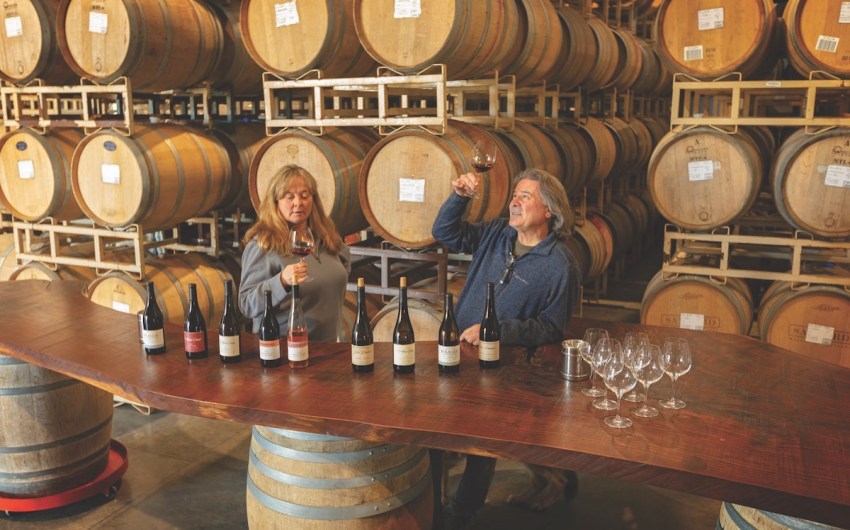







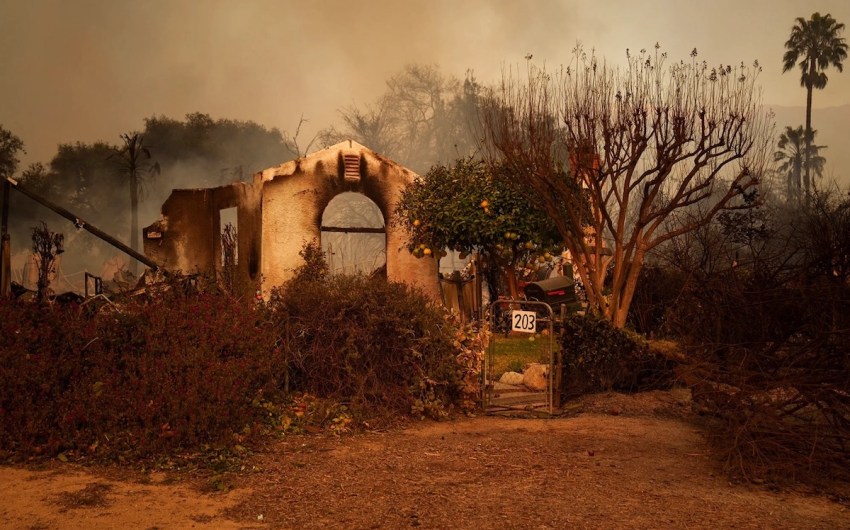
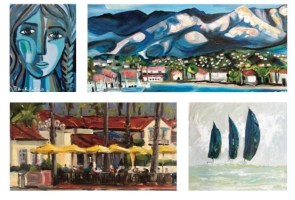




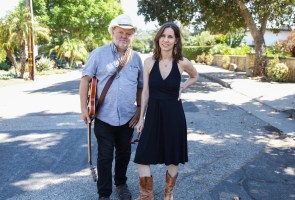




You must be logged in to post a comment.